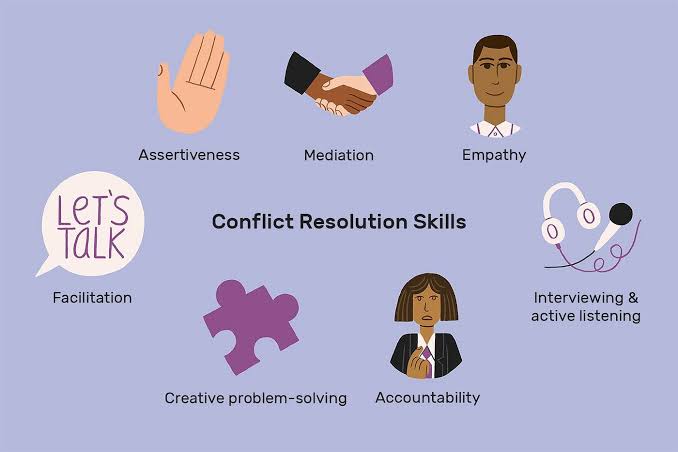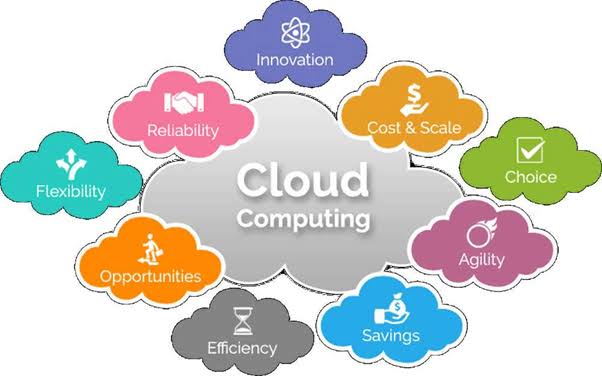Conflict happens in every workplace, team, or relationship. It can come from misunderstandings, different goals, or personal issues. How we handle conflicts affects the health of our work and personal relationships. By July 2025, with hybrid work, diverse cultures, and new communication tools, learning how to resolve conflicts is more important than ever.
Effective conflict resolution isn’t about avoiding disagreements—it’s about navigating them constructively. When managed properly, conflict can lead to innovation, strengthened relationships, and improved collaboration. However, when left unresolved, it can erode trust, lower morale, and damage productivity. The key lies in using the right techniques to address issues early and turn difficult situations into opportunities for growth.
Recognizing the Root Causes of Conflict
The first step toward resolving any conflict is understanding its origin. Often, the visible issue is only a symptom of a deeper problem. Disputes may stem from clashing values, unmet expectations, poor communication, power imbalances, or unaddressed grievances. In 2025, especially with remote work complicating interactions, misunderstandings have become more common due to lack of tone, delayed responses, or cultural nuances.
Leaders and team members must learn to listen beneath the surface. By identifying the real drivers of tension—whether emotional, structural, or strategic—they can address the conflict more effectively. Tools like anonymous feedback forms, employee surveys, or open-dialogue forums can also help uncover the sources of ongoing friction.
Active Listening and Empathy
A key technique in managing conflict is active listening—an approach that involves giving full attention to the speaker, reflecting their words, and acknowledging their emotions. Unlike passive hearing, active listening builds understanding and rapport. It prevents assumptions and creates a safe space for each party to express themselves without interruption or judgment.
Empathy complements active listening. Putting oneself in another’s shoes helps reduce defensiveness and opens the door to compromise. In diverse and virtual teams, where backgrounds and perspectives differ greatly, empathy has become a crucial skill for de-escalating tension. Training programs and leadership workshops now include modules on emotional intelligence as part of conflict management strategies.
Choosing the Right Setting for Resolution
The environment in which a conflict is addressed can influence the outcome. Sensitive issues require private, neutral settings where both parties feel safe to speak openly. In 2025, with more hybrid and remote workspaces, choosing the right medium—video call, in-person meeting, or written dialogue—is equally important.
Inappropriate settings, such as public confrontations or rushed hallway conversations, often escalate tensions. Facilitators or managers should schedule dedicated time to resolve conflict, ensuring all parties are prepared and emotionally composed. This structured approach shows respect for everyone involved and increases the chances of a productive conversation.
Practicing Assertive Communication
Assertive communication lies between passive avoidance and aggressive confrontation. It allows individuals to express their needs, feelings, and opinions clearly and respectfully without undermining others. In conflict situations, being assertive helps clarify positions, set boundaries, and reduce misinterpretation.
Effective assertive statements often follow the “I” format—such as “I feel concerned when deadlines are missed because it affects the whole team”—instead of blaming language like “You always mess things up.” This shift keeps the conversation focused on the issue rather than personal attacks, making it easier to move toward resolution.
Focusing on Interests, Not Positions
In many disputes, people become entrenched in their positions—what they want—without exploring the underlying interests—why they want it. Focusing on interests opens the door to mutual understanding and creative problem-solving.
For example, if two employees are clashing over a project role, their positions may seem incompatible. But by exploring their interests—such as wanting recognition, a learning opportunity, or work-life balance—they might find alternative solutions that satisfy both parties. In 2025, negotiation strategies that emphasize interest-based problem solving, such as those used in mediation and diplomacy, are being widely adopted in organizational settings.
Involving a Neutral Third Party
When conflicts escalate or remain unresolved, bringing in a neutral third party can make a significant difference. This could be a supervisor, HR professional, or trained mediator. Their role is not to take sides but to facilitate dialogue, keep the conversation balanced, and guide parties toward resolution.
Mediation is increasingly popular in corporate environments, particularly in diverse or international teams where cultural misunderstandings can complicate conflict. Neutral facilitation ensures that all voices are heard, emotional temperatures are managed, and outcomes are fair. As of July 2025, more companies are investing in in-house conflict resolution training or third-party mediation services to improve workplace harmony.
Developing Conflict Resolution Policies and Training
Organizations that proactively address conflict tend to see fewer breakdowns in communication and better overall morale. This starts with having clear policies and accessible procedures for conflict resolution. Employees should know whom to approach, what steps to take, and what timelines to expect.
Furthermore, regular training sessions can help teams build conflict competence. Role-playing, scenario analysis, and peer coaching are effective ways to practice techniques in a low-risk environment. In 2025, many companies are integrating conflict resolution into broader diversity, equity, and inclusion (DEI) initiatives, recognizing that respectful conflict management is essential to inclusive cultures.
Following Up After Resolution
Resolving a conflict doesn’t end with the initial conversation or agreement. It’s important to follow up to ensure that commitments are being met and that lingering tensions don’t resurface. This might involve check-ins, updated role definitions, or performance evaluations to measure behavioral changes.
Consistent follow-up reinforces accountability and shows that the organization takes conflict resolution seriously. It also allows for continuous improvement in communication and collaboration, preventing minor issues from escalating into bigger problems later on.
Final Thoughts
Conflict is not inherently negative; when handled with care and the right techniques, it can strengthen relationships, reveal overlooked issues, and foster innovation. In a world where virtual interactions, cultural diversity, and rapid change are constant, conflict resolution has become a vital leadership and life skill.
By embracing strategies like active listening, assertive communication, interest-based negotiation, and mediation, individuals and organizations can transform difficult situations into opportunities for growth. As of July 2025, the most successful teams are not the ones that avoid conflict—but those that know how to manage it effectively and respectfully.



